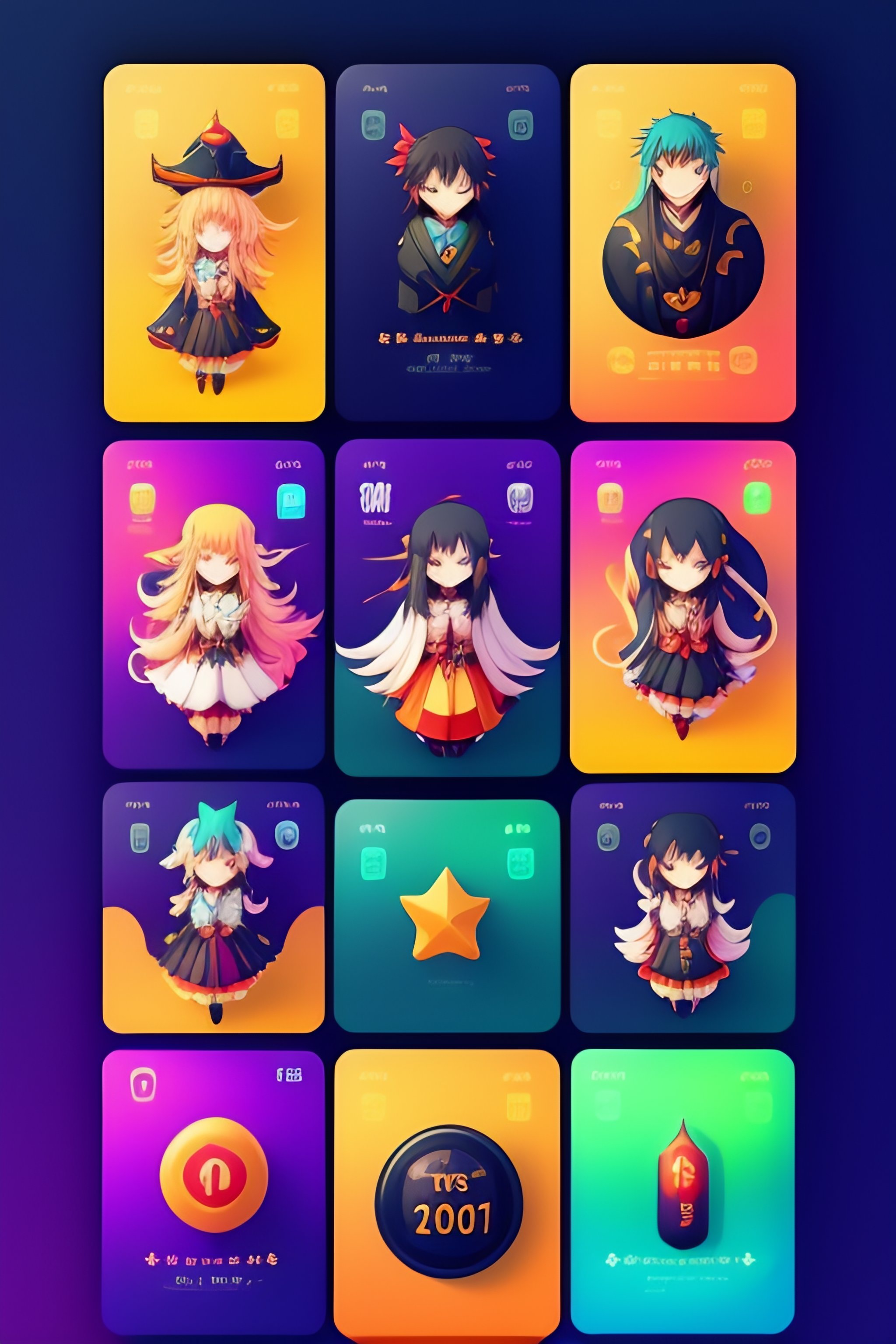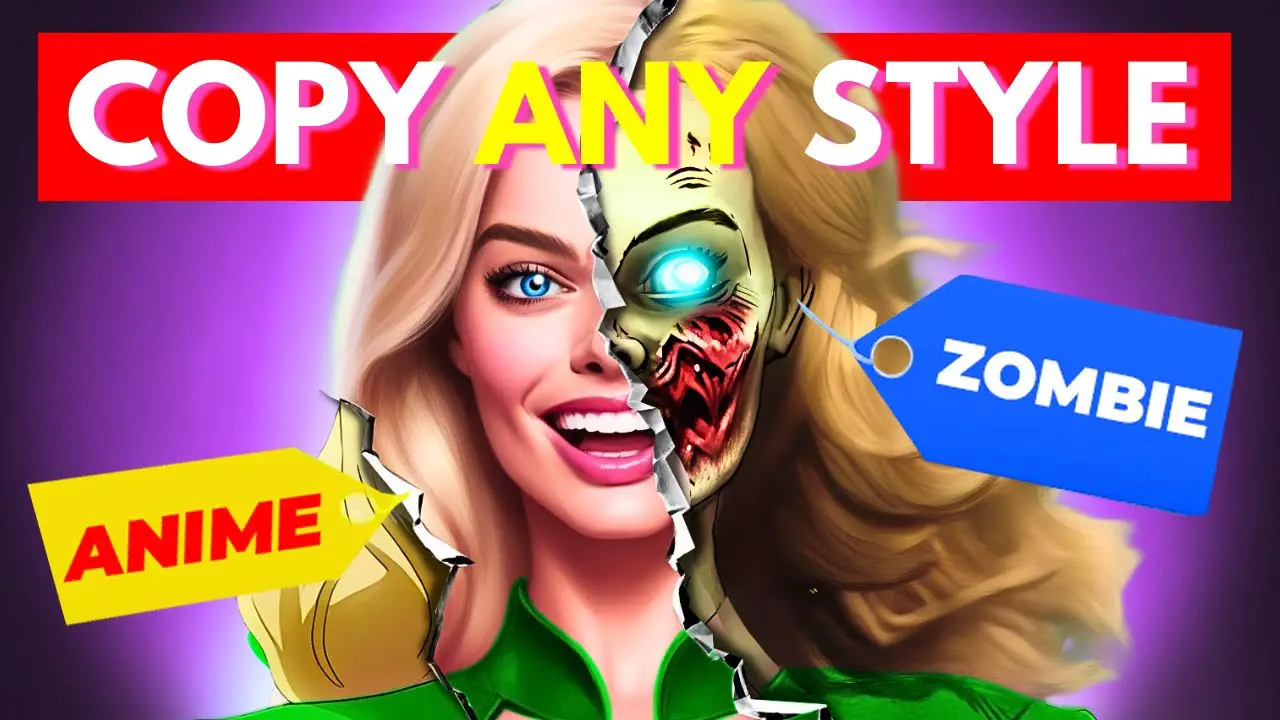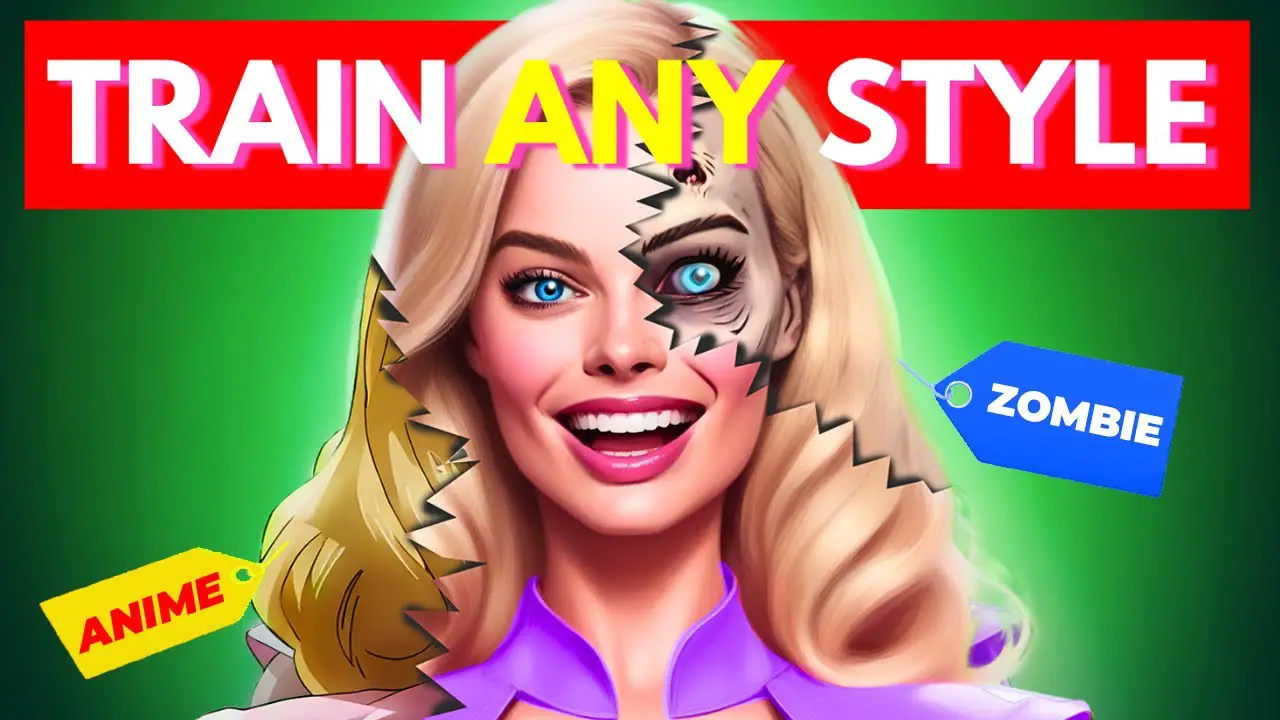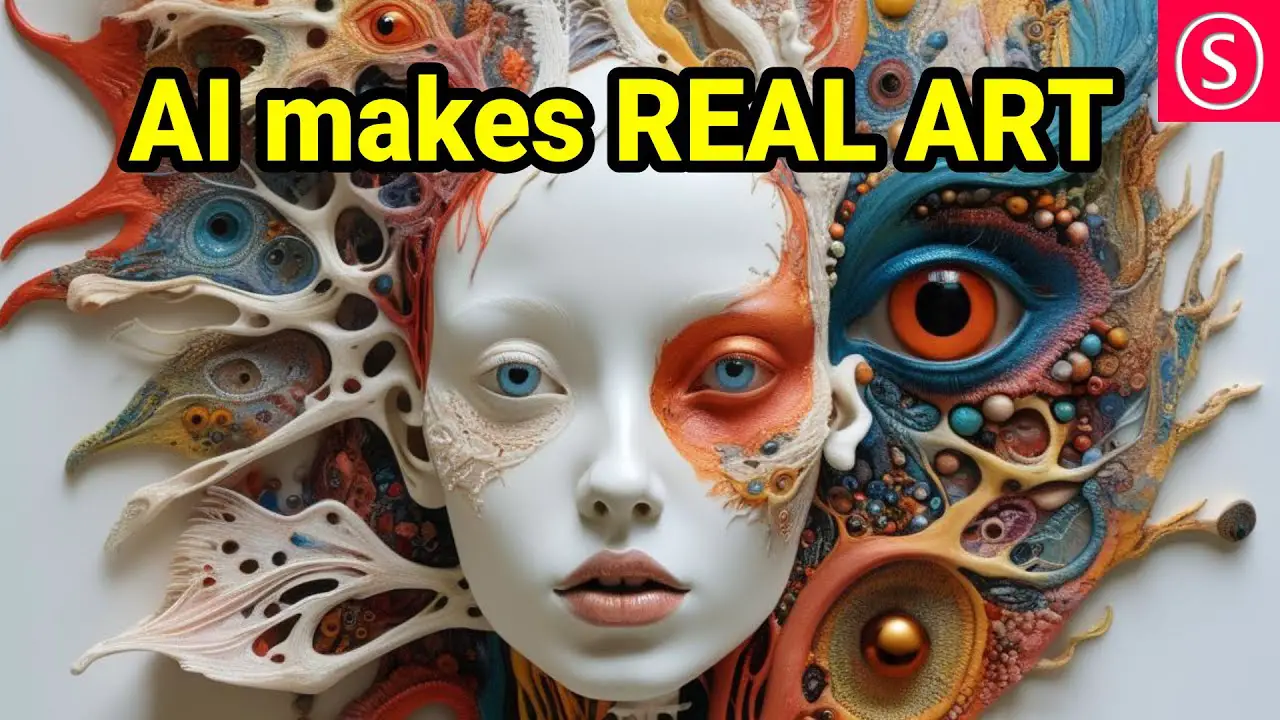Exploring Generative AI in Game Asset Creation
September 13th, 2023

Exploring Generative AI in Game Asset Creation
Leveraging Generative AI for Game Assets Generation: An In-depth Look
Imagine being able to create a vast digital world teeming with unique characters, buildings, and landscapes, all at the click of a button. This may sound like a distant dream for game developers, yet it's closer to reality than you might think – thanks to the magic of generative AI. Generative AI is revolutionizing game asset creation, turning complex, time-consuming tasks into quick, creative processes. As we delve deeper into this intriguing fusion of technology and creativity, prepare to discover how generative AI can breathe life into your games, generating stunning assets with a personality of their own. From understanding its role in game development to exploring real-world examples, benefits, and challenges, let's embark on this fascinating journey into the world of generative AI in gaming.
Understanding generative AI in game development
Artificial Intelligence (AI) has seeped into several aspects of our lives, with the gaming industry being one of its notable arenas. Among the various AI models, generative AI is proving to be a game-changer, revolutionizing the field of game development in unprecedented ways.
Generative AI refers to systems that leverage machine learning techniques to produce content. It can create anything from written text and images to music, and in our case, crucial components for games like characters, landscapes, props, and even complete levels. In essence, generative AI goes beyond conventional AI's decision-making capabilities; it creates new game assets autonomously, providing developers with novel designs they may not have conceived otherwise.
One prime example of this is 'GANPaint Studio', an application developed by MIT researchers. This software uses Generative Adversarial Networks (GANs), which are a type of generative AI model. GANPaint Studio allows users to make adjustments to existing images, such as adding or removing elements while maintaining the coherence of the whole image.
In the context of game development, these technologies can lead to enhanced creativity, streamlined processes, and ultimately, more immersive gaming experiences. As we move forward in this post, we will delve deeper into how generative AI crafts unique game assets, discuss some real-world applications, and explore the benefits, as well as the challenges involved in integrating generative AI into game development workflows. Stay tuned!
How generative AI creates unique game assets
In the ever-evolving realm of game development, a new hero has emerged - generative AI. This innovative technology is redefining how game assets are created, paving the way for unique, intricate, and highly engaging gaming experiences.
Generative AI refers to systems that can learn from input data and then use this information to create new, original content. In the context of game asset generation, these AI systems analyze existing assets, learn their features, structures, and patterns, and then generate new assets based on what they've learned.
But how exactly does this work? The asset generation process with generative AI typically involves several steps.
First, the AI model is trained using a large dataset of game assets. This could include 3D models, character designs, levels, or any other element used in the game. These assets serve as examples for the AI, helping it understand what 'good' assets should look like.
Next, once the AI has been trained, it can start generating new assets. It does this by applying the patterns it has learned from the training data. The beauty of this process is that each generated asset is unique - it's not a copy of an existing asset, but an entirely new creation.
This capacity for originality gives rise to endless possibilities. Developers can use generative AI to create massive worlds brimming with diverse landscapes, structures, and characters – all without manually designing each individual asset. For instance, imagine a sprawling open-world game where every tree, rock, and building is distinct, enhancing the immersive experience for gamers.
Indeed, the asset generation process utilizing generative AI opens new horizons in game development. It expedites the design process, cultivates creativity, and breathes life into the gaming world like never before. As we continue to explore its potential, generative AI stands to revolutionize the way we create, play, and perceive games.
Real-world examples of generative AI in asset generation
In the ever-evolving world of gaming, generative AI has begun to leave an indelible mark. We can see fascinating examples of its applications in creating game assets that are both unique and engaging.
One prominent example is the use of Google's DeepMind in games like 'StarCraft II.' Here, the generative AI does not only create diverse characters and terrains but also evolves game strategies, making each playthrough a novel experience for the gamers. This impressive demonstration of AI capability beautifully illustrates how generative AI can generate complex game assets and intricate gameplay scenarios.
Another noteworthy application is the indie horror game 'No Players Online.' In this game, a generative AI system known as GANPaint was used to design eerie, atmospheric environments that adapt to player decisions. The game has been lauded for its unique aesthetics, demonstrating the potential for generative AI to create visually stunning and dynamic game worlds.
Even Minecraft, one of the most popular games globally, utilizes procedural generation, a type of generative AI, to create expansive and virtually limitless game worlds. The game randomly generates terrains, adding depth and variety to the overall gaming experience.
These real-world examples highlight the transformative power of generative AI in game asset creation. They underscore not just the potential for more detailed and realistic graphics but also the possibilities for dynamic, ever-changing game worlds that respond to player input. As AI technology continues to mature, we can expect even more exciting applications in the future.
Benefits of using generative AI for game asset creation
As we delve into the realm of generative AI in gaming, it's impossible to overlook the myriad of benefits associated with this advanced technology, especially when it comes to asset creation. So, what exactly does this mean for game developers and designers?
Firstly, using generative AI allows for an innovative approach to creating assets. It has the unique ability to automate the generation of diverse and intricate game elements, from characters and environments to objects and textures. This means designers can focus more on the creative aspects of game design instead of spending countless hours on tedious tasks.
For instance, imagine a game that requires a cityscape filled with unique buildings - a task that would traditionally take a large team of designers weeks or even months to complete. With generative AI, this process could be significantly accelerated, resulting in a stunning array of distinctive buildings in just a fraction of the time.
Secondly, generative AI empowers game creators with endless customization possibilities. Unlike traditional methods which may limit creativity due to technical constraints, generative AI can generate an infinite variety of assets based on specific parameters set by designers. This opens up a world of opportunities for creating visually appealing and highly engaging games tailored to the tastes and preferences of a diverse audience.
Moreover, generative AI offers scalability. As demands for high-quality games continue to soar, the capacity to quickly produce vast amounts of unique content becomes invaluable. Generative AI can meet these needs, allowing game companies to keep pace with the rapidly evolving expectations of gamers.
Lastly, generative AI brings with it cost-effectiveness. By automating the asset creation process, studios can potentially save on human resources and production costs. This makes it an attractive option for both indie developers working with limited budgets and major studios aiming to streamline their production pipelines.
In essence, the utilization of generative AI in game asset creation serves as a powerful tool that not only enhances the quality and uniqueness of games but also revolutionizes the workflow of game development in an increasingly competitive industry.
Challenges and solutions in implementing generative AI in game development
Despite the promising potential of generative AI in game development, it's not without its challenges. As with any emerging technology, there are hurdles to overcome on the path to wide-scale adoption and efficient use.
One major challenge is the complexity of generative AI algorithms. They often require deep knowledge of neural networks and extensive training data, which can be daunting for small or indie developers. Not only do these factors present a steep learning curve, but they can also lead to higher costs and resource demands.
However, viable solutions are emerging to counter these issues. Simplified generative AI platforms and pre-trained models are being introduced, alleviating the need for specialized AI expertise. These user-friendly interfaces enable developers to generate assets using existing datasets, bringing down both costs and complexity.
Another challenge lies in the unpredictability and lack of control over the final outputs of generative AI. Since the AI operates autonomously, it may generate assets that deviate from the developer’s original vision or design aesthetic.
To tackle this, many developers opt for a hybrid approach. They use generative AI as a tool for initial asset creation and then refine these outcomes manually. This combination allows for the high efficiency of AI while maintaining the creative control of human designers.
Finally, ethical concerns around AI-generated content can pose challenges. Issues such as copyright infringement or plagiarism when AI uses existing material from various sources to produce new assets can arise.
To address this, it's essential to maintain transparency about the use of AI and ensure that its application respects existing intellectual property rights. Additionally, developing clear guidelines and legal frameworks around generative AI usage in game development can prevent such ethical dilemmas.
In conclusion, while implementing generative AI in game development does involve overcoming certain obstacles, the industry is evolving rapidly to navigate these issues. With the right strategies and tools, generative AI can revolutionize game asset creation, opening up exciting possibilities for the gaming world. Harnessing the power of generative AI for game assets generation can lead to revolutionary strides in game development. Understanding the mechanism behind this technology, and how it creates unique game assets provides a glimpse into a future where manual asset creation becomes less prevalent. Noteworthy applications in the gaming industry already illustrate the enormous potential this technology holds.
Despite the challenges posed by implementing generative AI, the benefits are undeniably impactful. It streamlines the process, encourages creativity, and allows for the generation of unique and highly varied game assets. By overcoming these hurdles, developers can unlock untapped potentials and propel their projects to new heights.
The rapidly evolving landscape of artificial intelligence continues to open doors to unexplored territories in various sectors, with game development being no exception. Game creators, players, and enthusiasts alike can look forward to the remarkable possibilities that this innovative blend of technology and artistry brings. The game of tomorrow may be built not just by human hands, but also by intelligent machines, ensuring a gaming experience like never before.
Other articles
September 23rd, 2023
Unveiling Voice Cloning: The Process and AI Involvement
ificial Intelligence, and its diverse applications and implications. read more...
September 5th, 2023
This Lora makes REAL ART – XL_more_art-full for SDXL
rained on all kinds of … read more...





